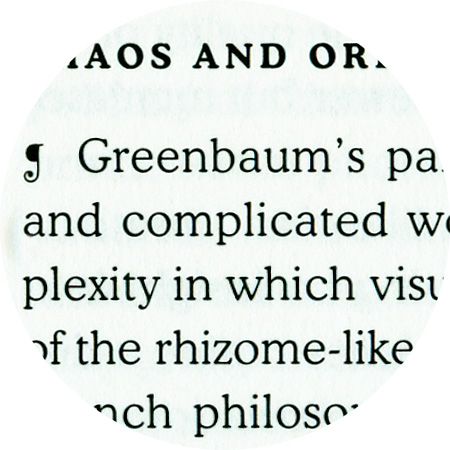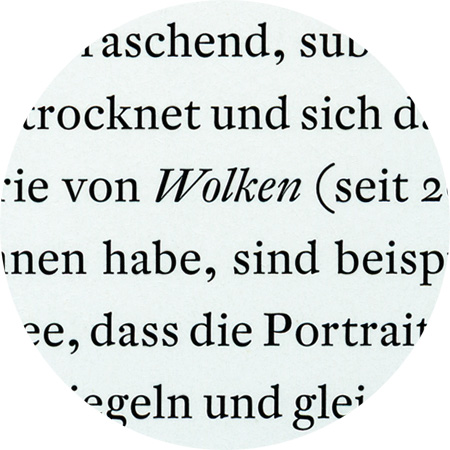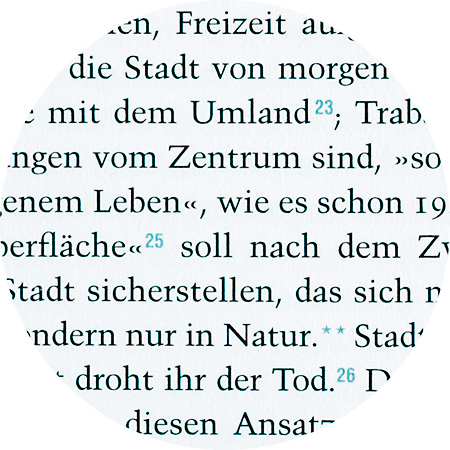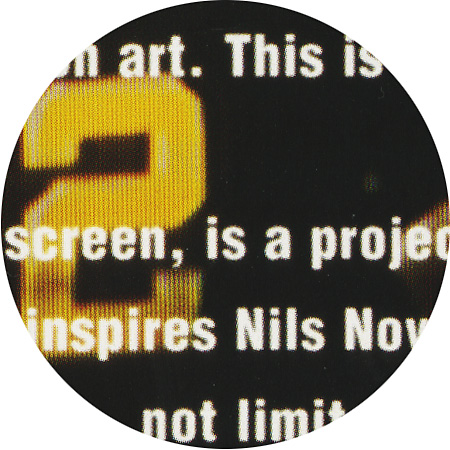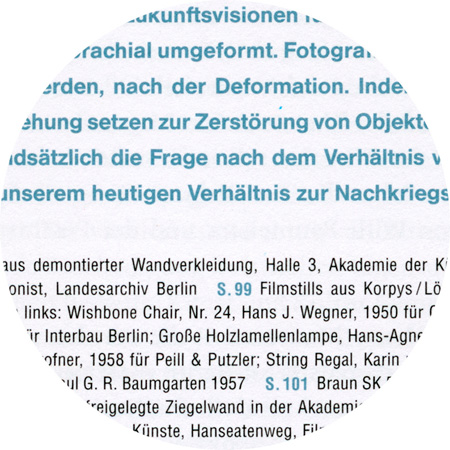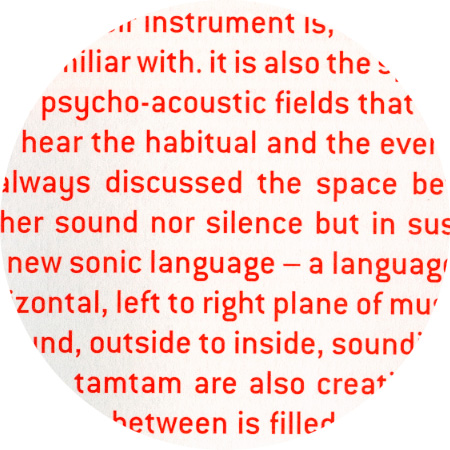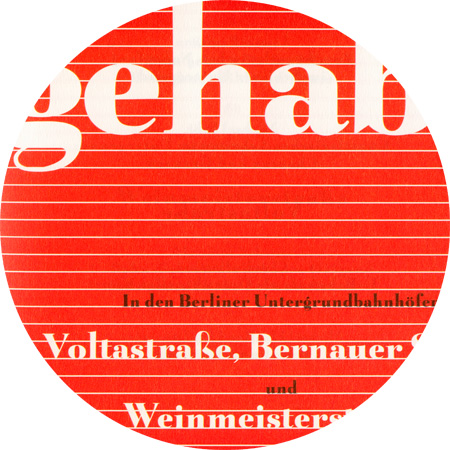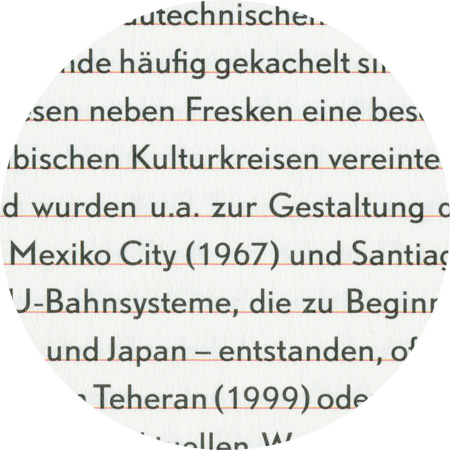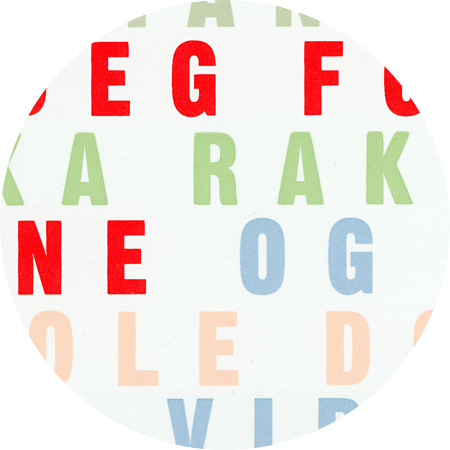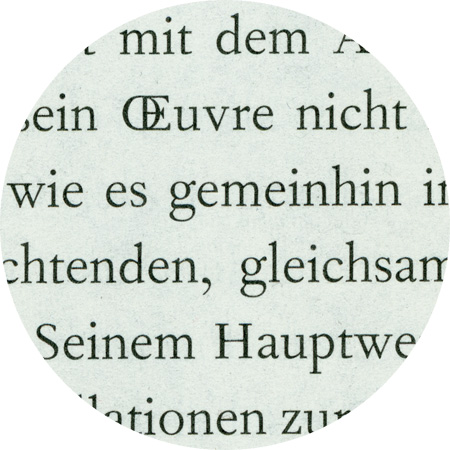November 28th, 2008
Cooper
The 20-year old designer?s son Oswald B. Cooper took Frederic Goudy's writing course, among other things, at the Frank Holme School of Illustration in Chicago. In 1921, he designed a thick font with round serifs, which he published at Barnhart Brothers & Spindler in 1922. Cooper Black corresponded to the advertising spirit of those times: simple, friendly, powerful. It was so successful that Monotype ordered a copy, which was created by Cooper's teacher Goudy and released as Goudy Heavyface in 1925.

